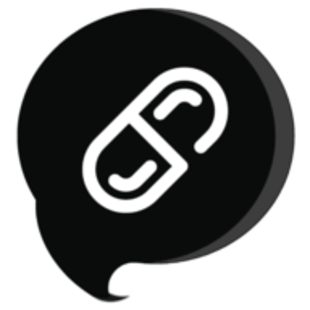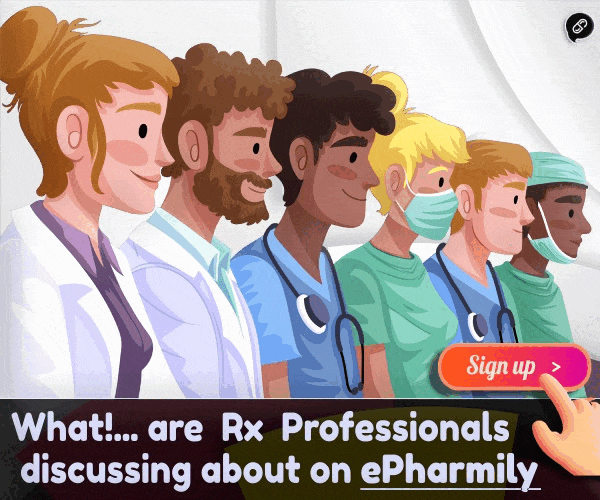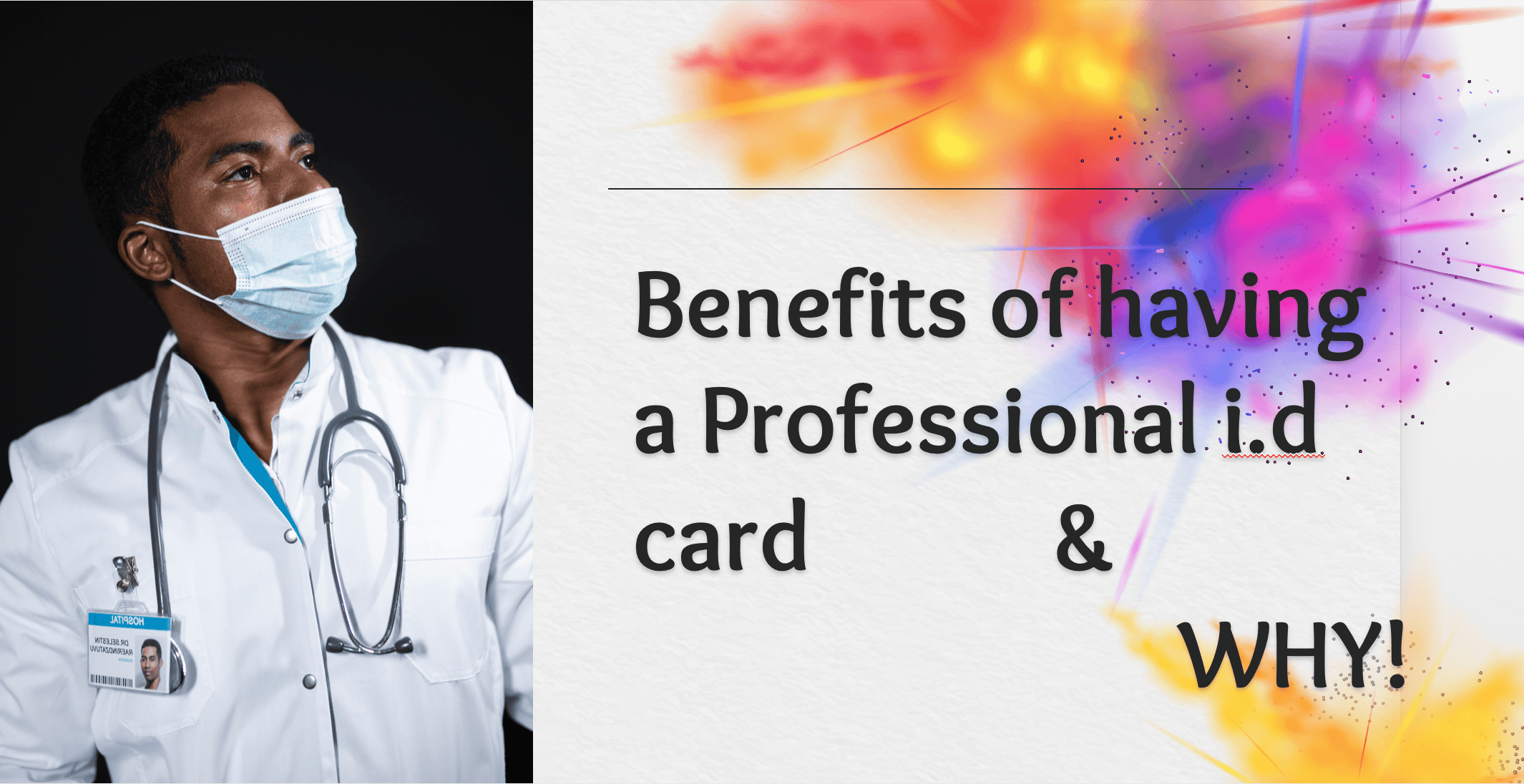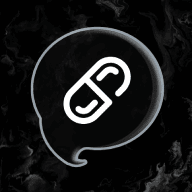How to become a pharmacist in Canada : A Step-by-Step Guide
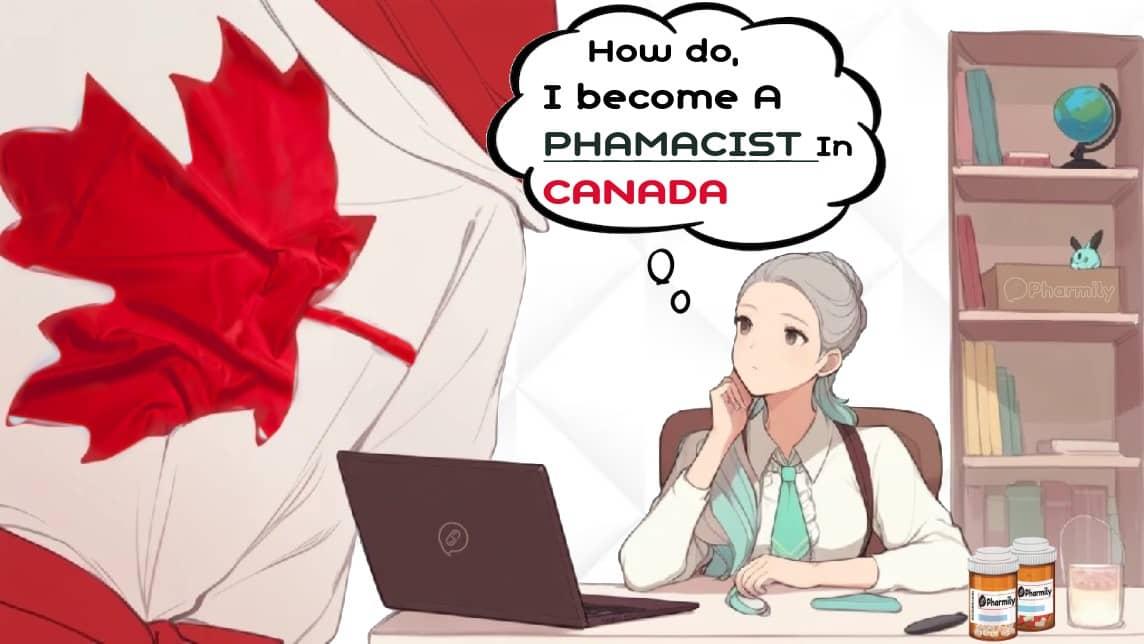
Are you an aspiring pharmacist looking to practice in Canada? - a country renowned for its world-class healthcare system, diverse communities, and thriving job market.
To become a licensed pharmacist in Canada, you are required to successfully complete your education from an accredited university level entry-to-practice pharmacy (applies to both indigenes and non-indigenes), followed by national board exams, and a successful completion of the requirements of the provincial licensing body of the province in which you wish to practice.
However, the process for registering as a pharmacist in Canada can seem overwhelming, especially if you’re an internationally trained professional.
😇👌Don’t worry— i’ve got you covered! In this comprehensive guide, we’ll walk you through everything you need to know to successfully register as a pharmacist in Canada 🇨🇦 and kickstart your rewarding career.
Why Become a Pharmacist in Canada? 🇨🇦
Before diving into the registration process, let’s explore why Canada is a top choice for pharmacists:
- High Demand: Canada faces a growing need for healthcare professionals, including pharmacists, due to its aging population and expanding healthcare services ( thats also, one of the reasons - Canadians are in demand of care-givers ).
- Lucrative Salaries: Pharmacists in Canada earn competitive salaries, with average annual earnings ranging from 90,000 to 120,000, depending on your experience and location.
- Work-Life Balance: Canada is known for its excellent work-life balance, making it an attractive place to build a career and a life i.e #Flexible hours. see article - Why i quiz my Pharmacy Job.
- Permanent Residency Pathways: Since Pharmacists are in-demand professionals, this makes it easier to qualify for a Canadian permanent residency through programs like Express Entry.
Step 1: Meet the Basic Requirements
In order to become a licensed pharmacist in Canada, you must meet the following general requirements:
- Educational Credentials: You must have a degree in pharmacy from a recognized institution. If you were trained outside Canada, your credentials will need to be assessed.
- Language Proficiency: You must demonstrate proficiency in English or French by taking an approved language test (e.g., IELTS or CELPIP for English, TEF for French).
- Licensing Exam: You must pass the Pharmacy Examining Board of Canada (PEBC) Qualifying Exam.
- Practical Training: Complete a structured practical training (SPT) or internship program.
- Provincial Registration: Each province or territory in Canada has its own regulatory body, and you must register with the one where you intend to practice.
Step 2: Get Your Credentials Assessed ( Evaluated )
If you were trained outside Canada, your first step is to have your pharmacy degree assessed by the Pharmacy Examining Board of Canada (PEBC). Here’s how:
- Submit your academic credentials .i.e transcripts, degree certificates, and proof of licensure from your home country to PEBC.
- Pay the evaluation fee (~$600 CAD).
- Wait 4-6 months for your Document Evaluation Report. Once your documents are verified, you’ll be eligible to take the PEBC Qualifying Exam - use the Pharmacy Q app, to study.
⚠️ Pro Tips: Start this process early— as this is the longest step!
Step 3: Pass the PEBC Qualifying Exam
The PEBC Qualifying Exam is a two-part test that evaluates your knowledge and skills:
Part 1 – Evaluating Exam: A 300-question multiple-choice (MCQ) test covering pharmaceutical sciences and pharmacy practice.
- Cost: $835 CAD
- Study Resources:- PEBC's official guides, RxPrep and Pharmacy Q app
Part 2 – Qualifying Exam: An objective structured clinical examination (OSCE) A practical test that assesses your clinical skills.
- Cost: $2,400 CAD
- Practice Tip: Join OSCE prep workshops or mock exams.
Pass Rates: Roughly 70-75% for first-time test-takers.
Step 4: Complete Structured Practical Training (SPT)
After passing the PEBC Evaluating Exam, you’ll need to complete a period of supervised practical training.
Structured Practical Training (SPT): This is a hands-on experience is designed to help you adapt to the Canadian healthcare system and develop essential skills ( aka - An internship under a licensed pharmacist).
The duration of the SPT varies by province but typically ranges from 6 to 12 months.
Step 5: Apply for Provincial Licensure
Each province has its own regulatory body for pharmacists. Here are a snapshot: 👇🏻
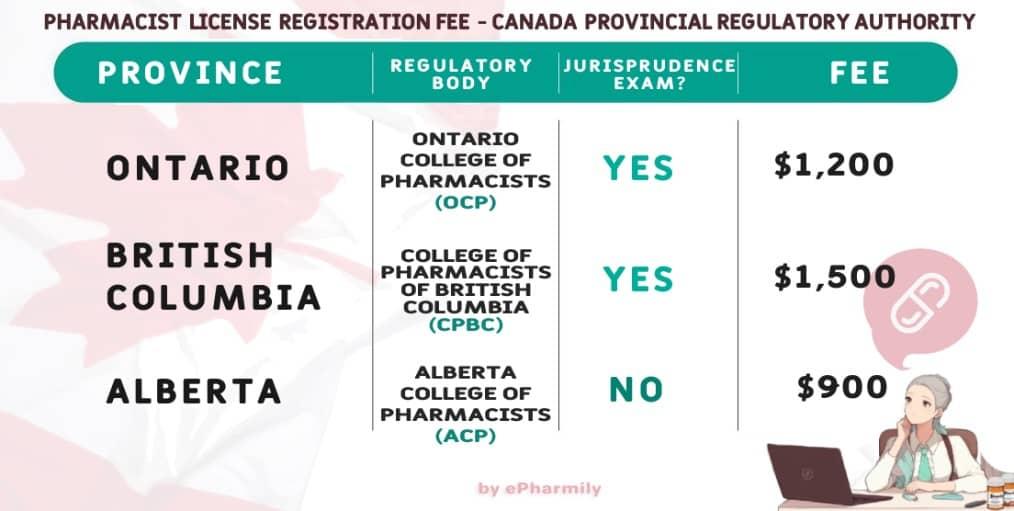
To register, you’ll need to:
-
- Submit your PEBC exam results and proof of SPT completion.
- Provide proof of language proficiency.
- Pay the registration fees.
- Pass a jurisprudence exam (if required by the province: see above image).
Congratulations... . it’s time to start your job search!
Pharmacists in Canada work in a variety of settings, including:
- Community pharmacies
- Hospitals
- Research institutions
- Pharmaceutical companies
Quick Answers to FAQs during registration process : 🤔
Ques ⁉️: How long does the entire process of registering as a licensed pharmacist in Canada take?
Ans ✅: 1-2 years, depending on exam prep and internship availability.
Ques ❓: Can I work while studying for my Pharmacy exams?
Ans ✅: Yes! Many candidates and foreign pharmacists, take pharmacy assistant roles to gain local experience.
Ques❓: What if I fail the Pharmacy Examining Board of Canada (PEBC)?
Ans ✅: You can retake it—most provinces allow 3 attempts.
Ques ❓: Are bridging programs available?
Ans ✅: Yes! Programs like University of Toronto’s Internationally Educated Pharmacists Program can boost your skills.
Tips for Success
- Start Early: The registration process can take several months (12+ months in advance), so begin as soon as possible.
- Budget Wisely: An estimated total costs (exams, training, licensure) can exceed $10,000 CAD.
- Seek Support: Join online forums or social media groups/ communities like epharmily, for internationally trained pharmacists to share experiences and advice.
- Consider Bridging Programs: Some provinces offer bridging programs to help internationally trained pharmacists adapt to the Canadian healthcare system.
Ready to Take the Leap! Also check out getting a pharmacy license in Dubai
Disclaimer: Processes and fees may vary.
Always consult official PEBC and provincial regulatory body websites for the latest details.




